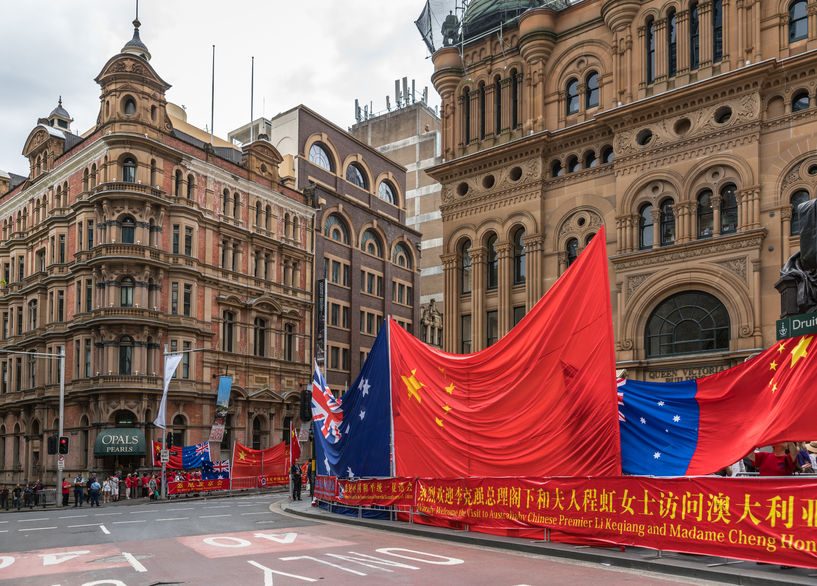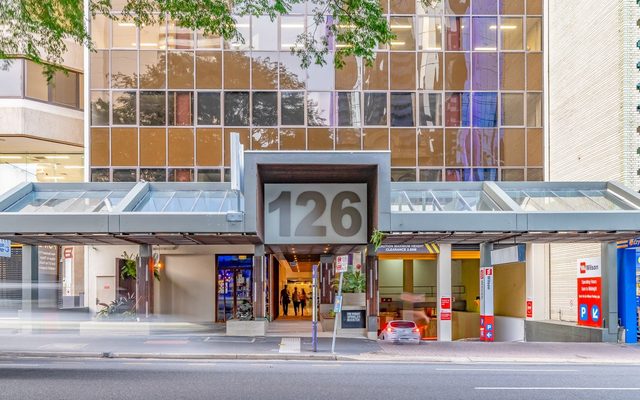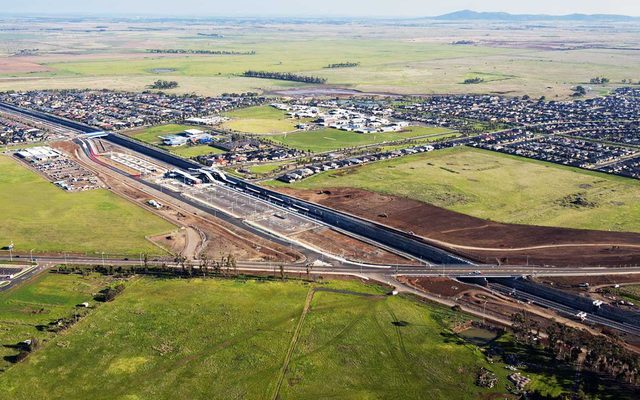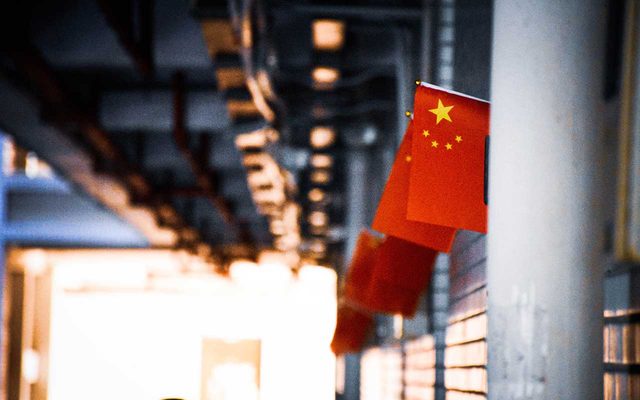This article is from the Australian Property Journal archive
CHINESE investment in Australia has fallen by 36.3% to $8.2 billion in 2008 to the second lowest level since 2008, with commercial real estate deals slipping to second place, due to difficulties in getting capital out of China and challenges in accessing money locally, according to KPMG.
Despite the decline, KPMG and the University of Sydney’s Demystifying Chinese Investment in Australia April 2019 report found private companies dominated the investment landscape, accounting for 87% of deal value and over 92% of deal volume, with an overall trend towards smaller sized deals.
KPMG Australia head of Asia and international markets and report author Doug Ferguson said despite Chinese global outbound direct investment actually growing by 4.2% in 2018, Australia has felt the pinch of a significant reduction, reflecting the impact of policy changes in China.
“Our rate of decline has been accelerating and is now closer to the trend observed in the United States and Canada, where Chinese Overseas Direct Investment dropped by 83% and 47% respectively in 2018.
“While this annual result brings Chinese ODI in Australia back to the second lowest level since the mining and gas driven investment peak year of 2008, there is no reason why Australia can’t return to higher levels of Chinese capital inflow seen historically,” Ferguson said.
The University of Sydney Business School professor of Chinese business & management and co-author Professor Hans Hendrischke said the continued reduction in Chinese investment in Australia reflects a combination of factors, including changing drivers of Chinese ODI such as an increased demand for outbound investment in high value-added sectors to ‘bring back’ expertise and high-quality brands and products that can support China’s industrial upgrading and meet the evolving demands of Chinese middle class consumers.
“As part of this trend, large strategic investments in resources, energy and infrastructure have given way to smaller investments, into projects that are tactical and directly linked to Chinese consumer market demand. This is particularly evident in the targeting of the Australian healthcare sector by Chinese investors,” he added.
After a steady growth trajectory since 2015, healthcare was the most significant sector for Chinese investment in 2018 representing 41.7% of total ODI, up 111% from 2017 to $3.4 billion; followed by commercial real estate (36.7%); energy/gas and oil (8.8%); and mining (5.6%).
Commercial real estate fell to second place, accounting for $3 billion (down from $4.4 billion in 2017), continuing to attract a similarly significant proportion (11%) of China’s total global overseas real estate investment. Mixed use development accounted for 40% of total investment inflow, driven by the Yuhu Group’s $1.1 billion acquisition of Dalian Wanda’s property assets in Australia. Investment in the office sector made up 31% of the total, supported by Zone Q’s acquisition of 55 Clarence Street. Residential development sites also continued to account for a significant share (18%) of investment in Australian real estate.
Knight Frank’s head of research Ben Burtston said while investment was down 31% on the 2017 level, the drop was in line with a wider global trend toward lower Chinese outbound investment in other key markets such as the US and UK during 2018.
“So Australia remains a key destination, taking around 11% of total Chinese outbound real estate investment.
“Changing conditions in the residential market have acted to dampen the appetite for large development site acquisitions, although we continue to see a high volume of private investment in the office sector in particular. Looking ahead, we expect to see more Chinese investors venturing beyond Sydney and Melbourne as market conditions improve in the likes of Brisbane, Perth and Adelaide,” he added.
The mining sector accounted for 5.6% of the total Chinese investment inflow with five mining deals totalling $464 million in 2018, a decrease of over 90% from 2017. Chinese mining investment in Australia returned to 2016 levels after a peak in 2017 due to Yancoal’s $3.4 billion acquisition of Rio Tinto’s thermal coal assets.
Renewable energy recorded four new investments in 2018, totalling just under $400 million, which is a similar level to 2016 and an increase over the $124 million recorded in 2017.
Food and agribusiness investment totalled less than $100 million in 2018, while the only infrastructure and construction transaction recorded was John Holland’s (owned by CCCI) acquisition of engineering group RCR Tomlinson’s rail business.
Chinese capital was again focused in NSW in 2018, which accounted for over half (53%) of all investment, totalling $4.4 billion. Victoria saw a drop from 36% share to 27% in 2018. Investment in South Australia rose to $640 million from $455 million, representing an 8% stake. Queensland investment fell to $396 million, compared to $667 million last year.
Tasmania accounted for 4% with deals worth $342 million, while Western Australia saw inflows of $263 million.
Ferguson said 2018 need not define a trend of lower Chinese investment in Australia into the future but it is a moment to reflect upon.
“There are a great many opportunities for Chinese companies to contribute towards the development and internationalisation of Australian industries in the coming years. Australian companies seeking further investment must continue to explore and present unique opportunities that appeal to the key value drivers of targeted Chinese investors,” he continued.
Meanwhile the Chinese Investors in Australia Survey of senior executives from 56 Chinese-invested companies located in Australia revealed mixed sentiment. Professor Hendrischke said while Australia remains a preferred investment destination relative to other countries, Chinese executives are finding it harder to get investment approvals and capital out of China.
“Our local survey also revealed mixed sentiment amongst the perceptions of Chinese investors. There was an increase in the number of Chinese executives who told us they feel welcome to invest in Australia – up to 38%, compared to 35% in 2017. However there was also an increase in the percentage of respondents who feel unwelcome, from 15% to 19%. One area of note is the improving perceptions around Australia’s political environment regarding China, with the number of respondents saying that past year’s political debate has made them more cautious to invest falling to 59%, compared to 70% in 2017.
“Our survey and interviews with Chinese investors indicate a level of concern around the costs of doing business. Australia continues to be seen by Chinese investors as a more expensive country to operate in than the UK, US and Canada, with challenges noted in areas such as obtaining finance, low profitability, government approvals, finding qualified staff and building relationships with local Australian management,” Professor Hendrischke said.
Ferguson said looking forward, it seems Australia’s investment links with China may be increasingly affected by global, rather than purely bilateral dynamics.
“At the same time, the recent decline in Chinese investment in Australia provides an opportunity to reflect on the role that future Chinese investment should play in Australia’s long-term domestic economy and our economic integration into the Asian region. This should be done with clear focus on the new opportunities for foreign investment which are expected to continue to open up in the China market, including with the implementation of the new Foreign Investment Law and related rules and regulations.
“There is still a long journey ahead for many Australian industries that have the potential to receive much greater sums of Chinese investment – but there is much that must be done on both sides to improve the perception of the Australian market to Chinese investors,” he concluded.




